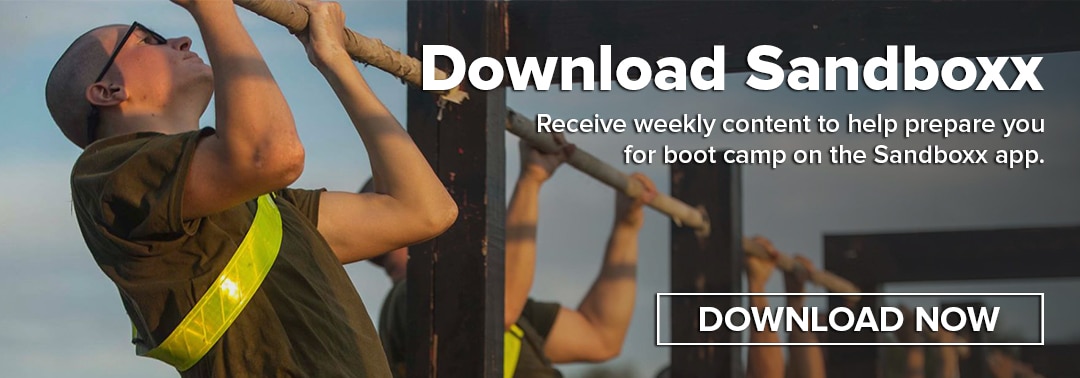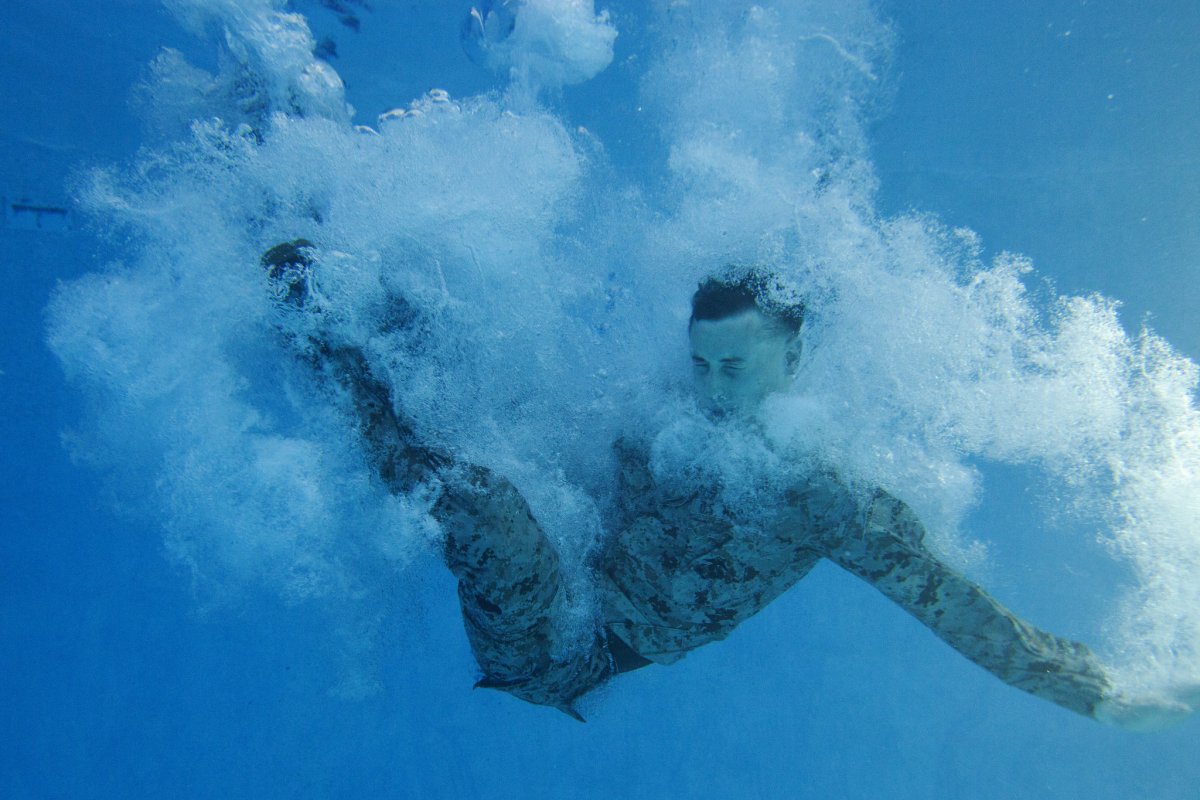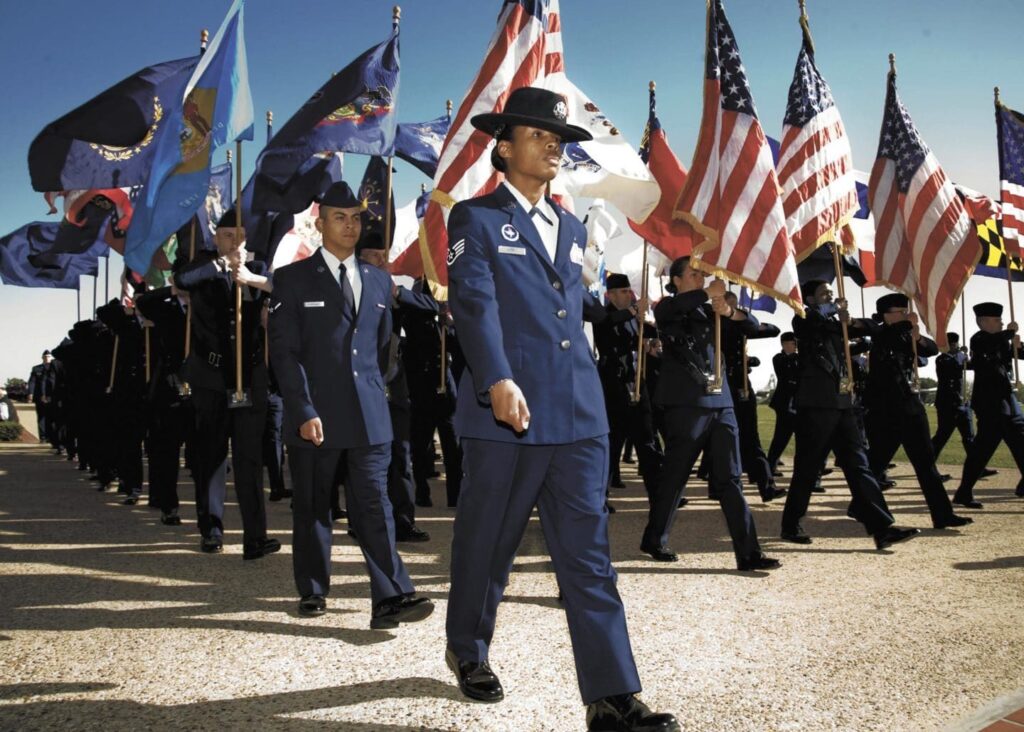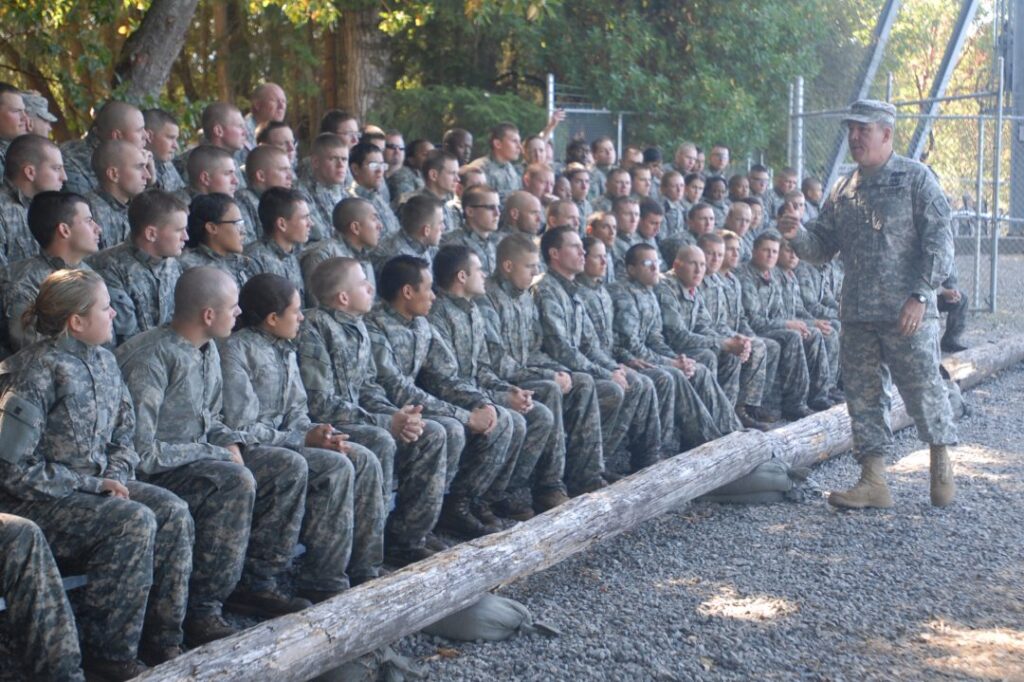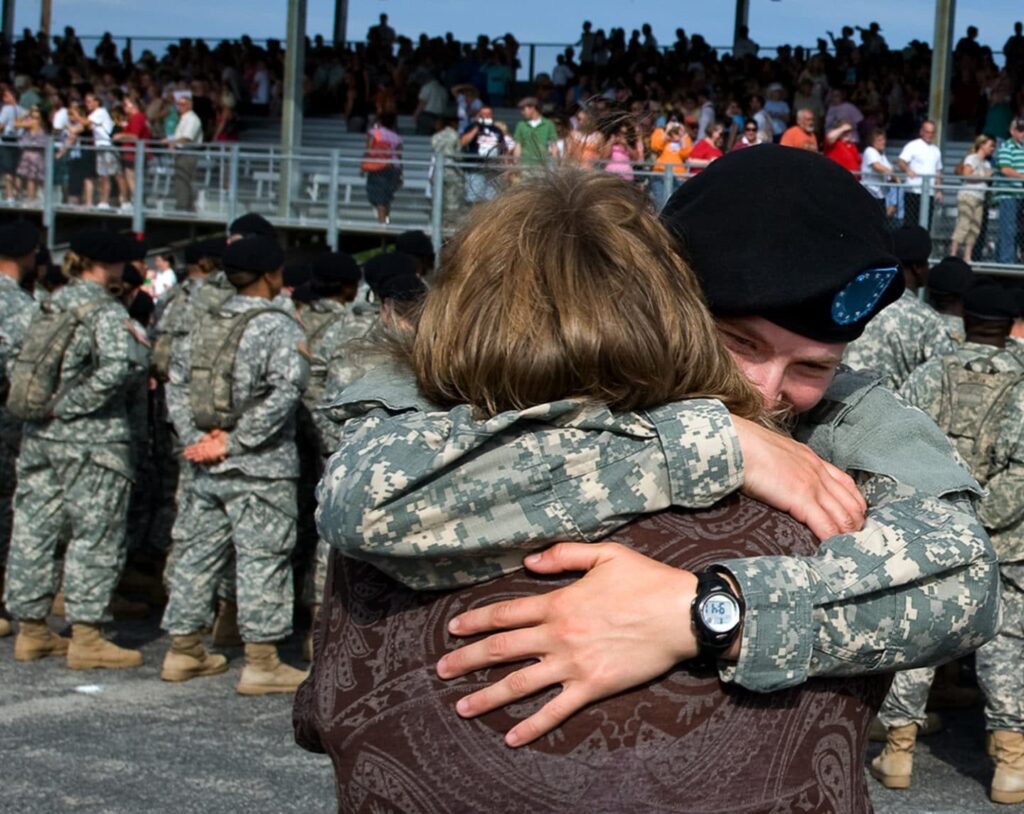For some, even the thought of being in the water can be enough to defeat them. However, when properly trained and prepared, you will find that being in the water can be quite comfortable.
The Marine Corps is traditionally known as the worlds premier amphibious assault force. Marines around the world constantly find themselves deployed to sea or traveling via ship or small craft at some point in their careers. This fact is why the Marine Corps is so invested in insuring that every one of their men and women are proficiently trained in water survival prior to joining their parent units.
How we do it:
During the first phase of basic training, recruits are sent to the combat swim tank for a week of water survival qualification. This program is fine tuned to cater to recruits that aren’t as comfortable in the water. Its built from the ground up to take men and women with no swim experience and give them the tools they need to survive if they ever find themselves in the drink. During the week of qualification, recruits are expected to be able to demonstrate an ability to stay afloat utilizing a plethora of different floatation devices including their own uniform. Furthermore, recruits will become proficient in shedding their heavy gear while in the water while also learning how to maneuver in the water while maintain that gear.
Biggest issues:
The biggest friction point recruits have at the pool, in my opinion, is simply not recognizing their own buoyancy. For some, simply touching the water is enough to send them into a panic. For others, getting into the water with body armor and a helmet can cause insecurity. Furthermore, a fairly big issue during qualification, is the ability to perform any basic survival stroke.
How to prepare:
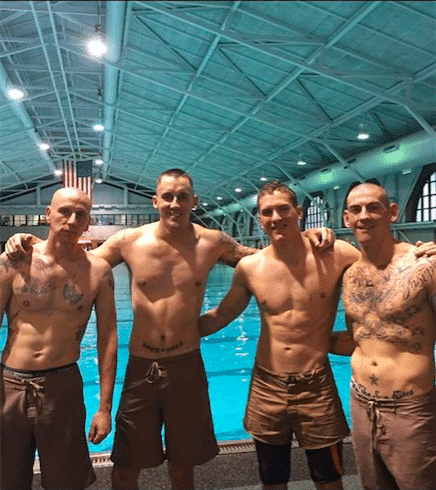
As a Marine Combat Instructor of Water Survival, I can tell you first hand the most important things you need to do to prepare yourself for the water survival course. First, you must get in the water as much as possible before shipping off to basic training. Take yourself to the deep end and let your feet leave the bottom. Practice floating while maintaining a constant, relaxed breathing pattern. Utilize your hands and feet slowly and methodically to help keep your head on the surface. Once you’re comfortable floating, let yourself go under the surface momentarily. Practice submerging yourself in the water without plugging your nose. Softly breathe out of your nose to keep water from entering. I firmly believe that if you can train yourself to be able to submerge yourself in the water without a panic, you’re 90% of the way there.
Next, you need to utilize explosive breathing. As swim instructors, we utilize a technique called explosive breathing. This is simply where a swimmer breathes in and fills his/her lungs to maximum capacity. On the exhale, you sharply blow out about 25% of that air and immediately gulp it back in, refilling your lungs to max capacity. This technique can be practiced out of the water as well while sitting in class or at home. Doing this allows your lungs to constantly maintain air inside your body, thus keeping you afloat.
Another helpful technique is one I learned from world record setting freedivers. It is used to increase your lungs capacity and allow you to hold your breath longer. All you simply do is breathe in deep until you cannot breathe in anymore and close your mouth. Then practice using your mouth and gulping in more air with quick inhales. Attempt to drink more air like water. You’ll immediately begin to feel your lungs stretch and expand. Doing this daily is guaranteed to increase your lungs breathe capacity as well as the amount of time you can remain underwater.
Utilizing this knowledge as well as the tips I have provided, I have no doubt that you’ll succeed during your first Marine Corps Water Survival Qualification. If you have any questions, let me know on twitter @1stHandMilitary or reach out to other veterans and service-members on your Sandboxx app to see what worked for them. Thanks for reading and Semper Fi!
